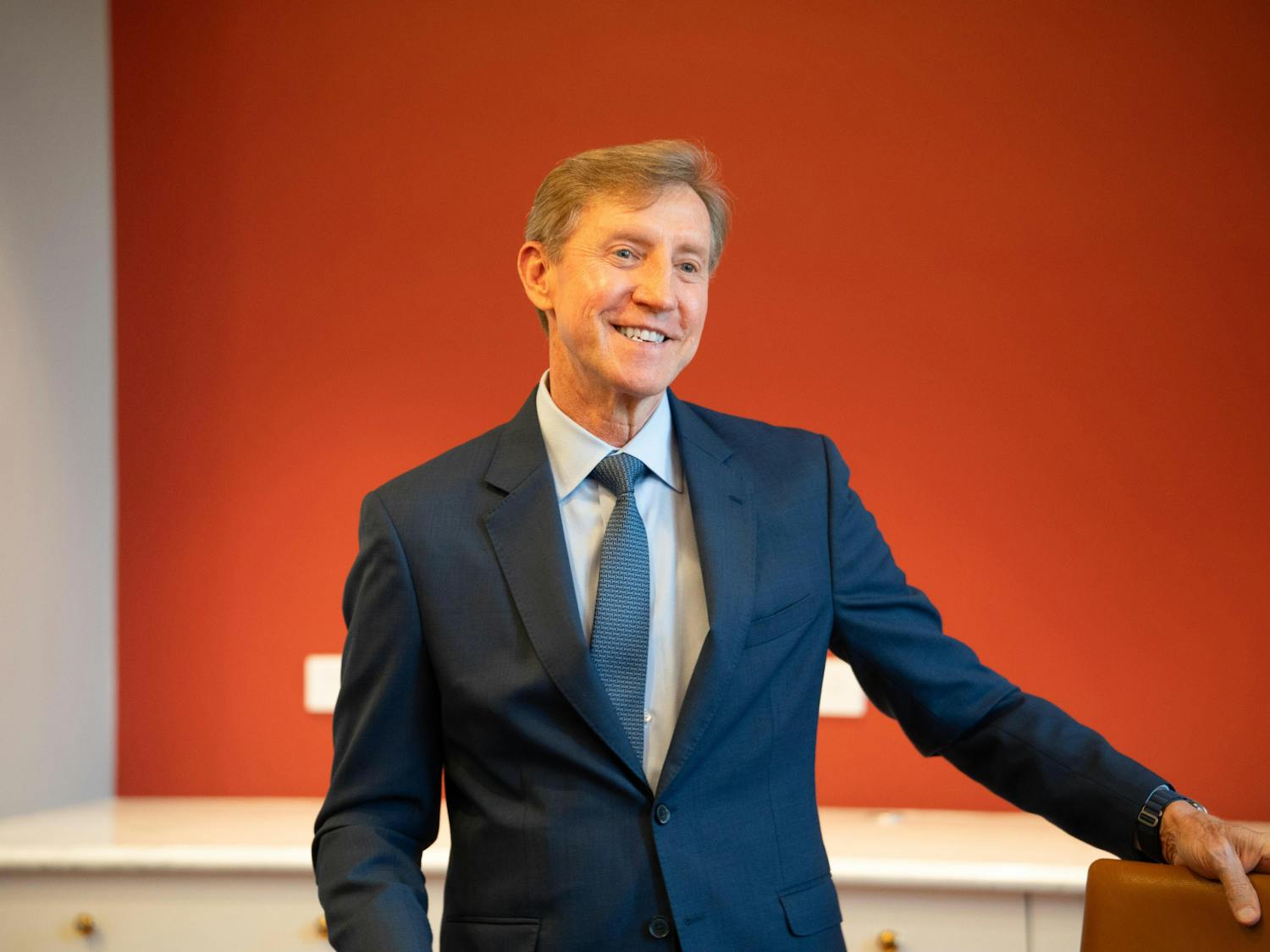The gender wage gap has emerged as a major issue in national politics this year — but it’s also an issue at Penn.
According to the recently announced goals and priorities of the Faculty Senate for the coming year, Penn hopes to focus on the “economic status of the faculty in terms of salaries and selected benefits.”

One current goal of the Senate is to address the wage gap that exists between male and female faculty.
Earlier this year, the Senate Committee on the Economic Status of the Faculty released its annual report for the University’s 2015 fiscal year. Along with many other important observations, the report revealed that the University pays male and female faculty unequally at all levels.
Using data provided by the administration, the committee found that when the statistics were corrected to account for differences in department, rank and tenure there was an unsettling pay gap of 2-3 percent between male and female faculty.
Sociology professor Janice Madden, whose research has focused on gender wage gaps, said that the gap could be attributed to the issue of outside offers. In prior research she found that women “were much less likely to pursue outside offers, or when they got them to have them taken seriously because they had partners and families and were less likely to leave. I wouldn’t at all be surprised if that were the case here.”
While the 2-3 percent gap is not considered statistically significant, its effects can be extremely consequential for women over the course of their careers, according to the report.
The gap “has implications not only for their take-home pay, but also for benefits, in particular retirement,” said Reed Pyeritz, genetics professor and Faculty Senate Past Chair.
While there is no gender inequity in average salary increases, the committee revealed that the average starting salaries were different for men and women at the assistant and associate professor levels.
At the assistant professor level, which is 27 percent female, the average salary for women is $11,954 less than the average salary for men. At the associate professor level, which is 40 percent female, the average salary for women is $20,854 less than the average salary for men.
“My interpretation of it is that the primary driving difference between the male and female pay stems from the fact that for whatever reason, men tend to go into different professions than others, that men tend to stay in the positions, and then may be more likely to become tenured and become full professors,” said accounting professor Wayne Guay.
When correcting their statistics for differing gender ratios in different schools, the committee concluded that the wage gap persists in male-dominated fields. They said in the report that “the widening gap between weighted and unweighted values reflects that Penn is losing ground in diversifying the most highly paid fields.”
In response to these findings, the committee recommended that the administration pay close attention to starting salaries at the assistant professor level and that they ensure women are being promoted from associate to full professor at a reasonable pace.
“A 2-3 percent pay difference accumulated over the course of a career is huge,” Madden said. “It is not a trivial distinction.”









